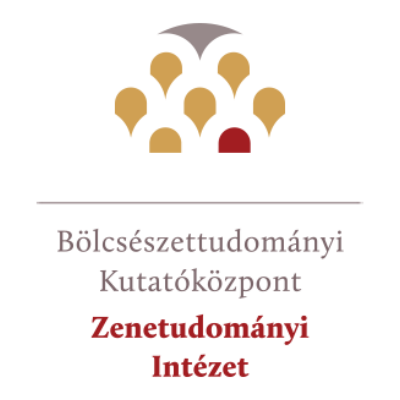Illés Szabolcs
A Teremtéstől Krisztusig: Haydn oratóriumai Ábrányi és Liszt korában. Az első hazai „régizenei” koncertek
DOI: https://doi.org/10.23714/mzo.017
Előadásomban Joseph Haydn 1795 után írt oratóriumainak 19. századi magyarországi előadás-történetébe nyújtok betekintést. A hazai „régizenélés” kezdetei szempontjából megkülönböztetett figyelemmel mutatom be a Teremtés 1872-es pesti „újrafelfedezését”, illetve annak recepcióját. Ennek a különleges koncertnek érdekes kritikája teremt kapcsolatot Haydn oratóriuma és a rákövetkező évben nem kis részben Ábrányi Kornél ezirányú aktivitásának is köszönhetően nagy sikerrel bemutatott Liszt-mű, a Krisztus oratórium között. A két oratórium utóélete és a kritikákon keresztül megfigyelhető zenei stílus- és ízlésváltozás kapcsán felmerülő párhuzamok a századforduló zenei gondolkodásmódjáról és a megerősödő amatőr zenei egyesületek működéséről is hasznos információkkal szolgálhatnak. Prezentációm hivatkozásainak legfőbb forrásai a korabeli sajtó zenei hírei, így több esetben az Ábrányi lapjában, a Zenészeti Lapokban megjelent írások is.
From The Creation to Christus – Haydn’s Oratorios during the Age of Ábrányi and Liszt. The First “Early Music” Concerts in Hungary
This paper provides insights into the nineteenth-century Hungarian performance history of Joseph Haydn’s oratorios written after 1795 by presenting the 1872 ‘rediscovery’ of Teremtés [Die Schöpfung] in Pest, including the reception of that performance, and focusing on the outset of the early music performance practice in Hungary. A highly interesting critique of this rather special concert creates a connection between Haydn’s oratorio and a composition in the same genre by Liszt, the Christus oratorio, presented with great success the following year, thanks in no small part to Kornél Ábrányi’s lobbying. The similarities arising within both the afterlife of these oratorios and the changes in themusical style and taste mirrored in the reviews provide useful pieces of information about the musical thinking at the turn of the nineteenth and twentieth centuries and the operation of an increasingmovement of amateurmusic associations. The main sources for the references in this paper come from the period’s musical press, including several articles published by Ábrányi in his musical journal Zenészeti Lapok.

